Challenges
Our Customer, a leading provider of water, hygiene, and energy technologies, was facing several challenges with their existing technology infrastructure. Their primary issue revolved around a decade-old SharePoint-hosted application that was not meeting their evolving business needs. The challenges they encountered included:
Outdated Technology: The existing system was built on technology that was over a decade old, making it difficult to integrate with modern tools and technologies.
Inefficient Document Management: Users were struggling with document management as the system lacked effective search functionality, making it cumbersome to locate and access important documents.
Poor User Experience: The user interface of the application was dated and cumbersome, leading to difficulties in navigating and using the system effectively.
Lack of Reporting Features: The application lacked robust reporting features, making it challenging for the management team to extract meaningful insights from their data.
Solution
To address these challenges, Enkaytech decided to embark on a digital transformation journey by modernizing its application using Microsoft Azure resources and best practices. The solution involved several key components and strategies:
Azure Resources: The application was redeveloped using various Azure resources, including Azure SQL Database, Azure Blob Storage, Azure Application Insights, Azure App Services, Azure Key Vault, Azure Cognitive Search, Azure Web Job, Power BI, and Web APIs.
Modern Development Approach: Our team of skilled and certified Azure developers adopted an entity model-first approach to rebuild the application. They also implemented unit-of-work patterns to insulate the application from changes in the data store and facilitate automated unit testing.
Role-Based Access Control: Using Azure Active Directory and AD groups, role-based rules were implemented in the application. This ensured that users had access only to their relevant work items, lab teams could view RTIs in their work queue, and managers had visibility into all RTIs with filterable options.
Enhanced Security: Application security was strengthened by implementing Azure Key Vault, which allowed for secure storage and management of sensitive information.
Workflow Automation: A status-based workflow was designed and implemented, providing transparency and alerting lab technicians when an RTI was past due.
Document Search Capability: Azure Cognitive Search was integrated to enable users to search documents and RTI records through free-form text queries. Documents attached to RTIs were stored in Azure Blob Storage.
Reporting with Power BI: Reports were developed using Power BI visualization, and role-based rules were also implemented in the reporting section, ensuring that users only saw data relevant to their roles.
Deployment and Release: The application was deployed to different environments using Azure DevOps, with approval-triggered release pipelines, ensuring smooth and controlled deployments.
Results
The modernization efforts led to several significant improvements for the Customer:
User-Friendly Interface: The application now offers a modern, user-friendly interface, making it easier for employees to navigate and use the system efficiently.
Cloud-Based and Serverless: By leveraging Azure services, we made the customer move to a cloud-based and serverless architecture, reducing infrastructure costs and enhancing scalability.
customer move to a cloud-based and serverless architecture, reducing infrastructure costs and enhancing scalability.
Enhanced Security: Azure Key Vault and role-based access controls improved security, protecting sensitive data effectively.
Efficient Document Management: Azure Cognitive Search improved document management, allowing users to search and retrieve documents quickly.
Robust Reporting: Power BI-based reporting provided actionable insights, enabling better decision-making at all levels of the organization.
Cost Optimization: The optimized architecture helped reduce infrastructure costs while improving system performance and reliability.
In conclusion, the customer successfully modernized their legacy technology by embracing Azure solutions, resulting in a more user-friendly, efficient, and secure application that aligned with their evolving business needs. This case study highlights the benefits of leveraging cloud resources and best practices to overcome technological challenges and drive business transformation.

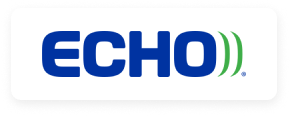
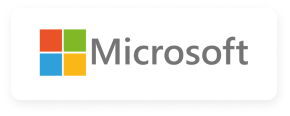
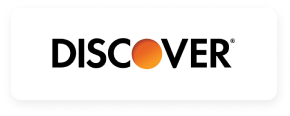
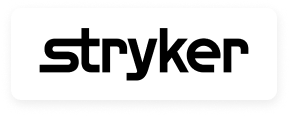
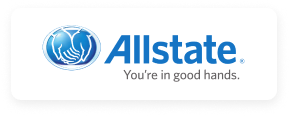
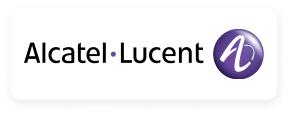
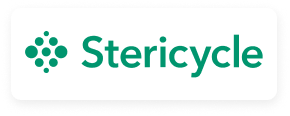

 630-857-9969
630-857-9969